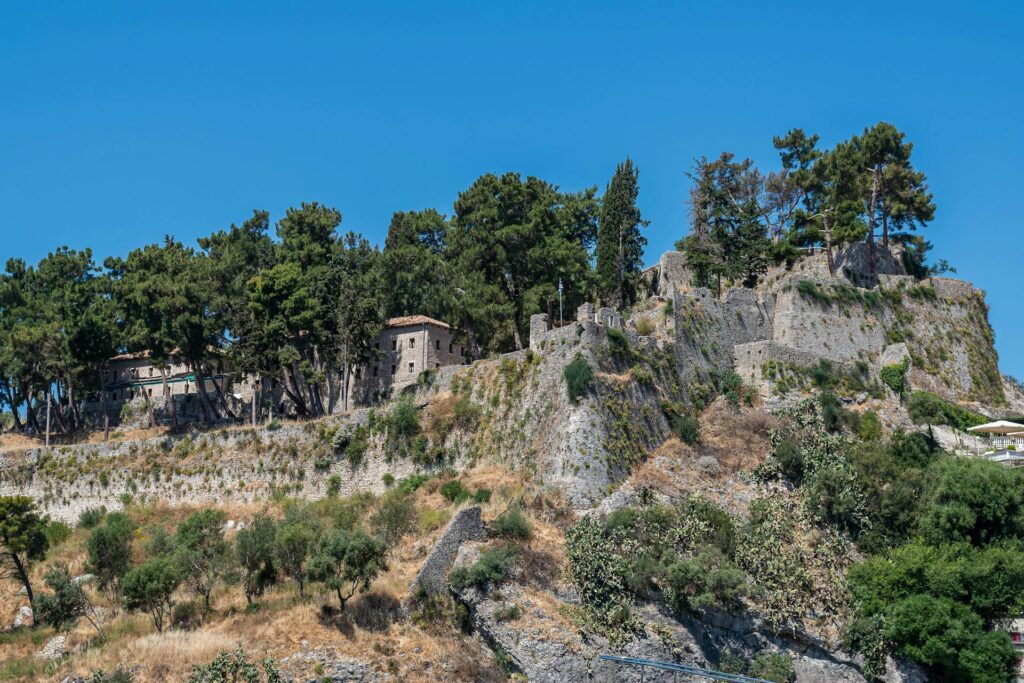 The Monastic Life
The Monastic Life
Medieval monasticism played a pivotal role in shaping European society. Monks and nuns dedicated their lives to prayer, study, and manual labor within the confines of monasteries and convents. These religious communities followed strict rules, such as the Rule of St. Benedict, which emphasized obedience, stability, and communal living.
Contributions to Education and Learning
Monasteries were centers of education and learning during the medieval period. Monks preserved classical texts, copied manuscripts, and produced new works on theology, science, and philosophy. Monastic schools provided education to young boys, many of whom went on to become scholars, clerics, and administrators. The intellectual contributions of monastic communities were crucial to the preservation and transmission of knowledge throughout Europe.
Economic and Social Influence
Monasteries also had significant economic and social influence. They managed large estates, practiced advanced agricultural techniques, and engaged in trade. Monasteries provided charity and support to the poor and sick, offering food, shelter, and medical care. Their involvement in local economies and communities made them vital institutions in medieval society, contributing to social stability and development.
Conclusion
Medieval monasticism had a profound impact on European society. Through their dedication to prayer, education, and community service, monastic communities helped shape the intellectual, economic, and social fabric of the medieval world, leaving a legacy that continues to influence modern religious and educational institutions.
